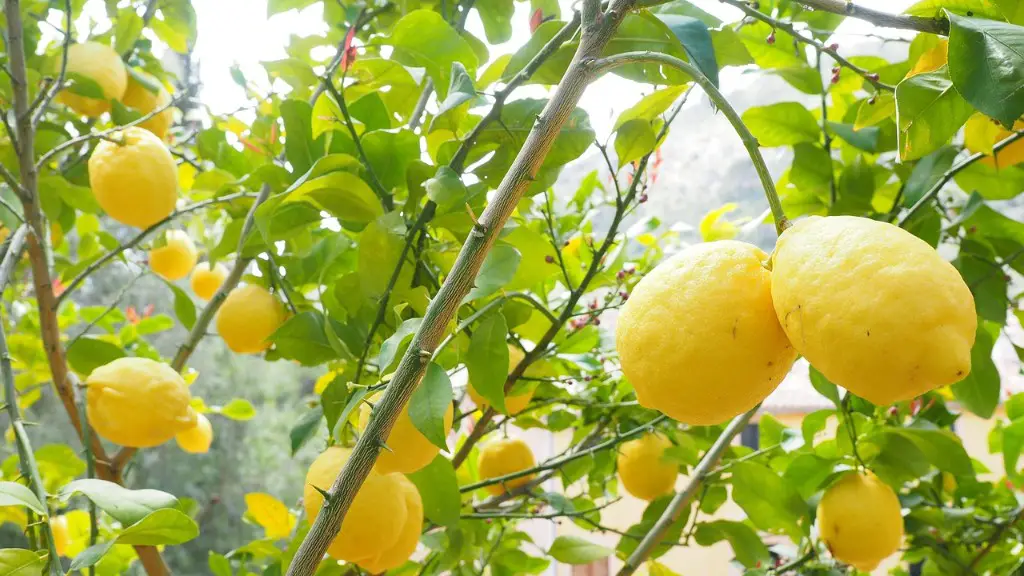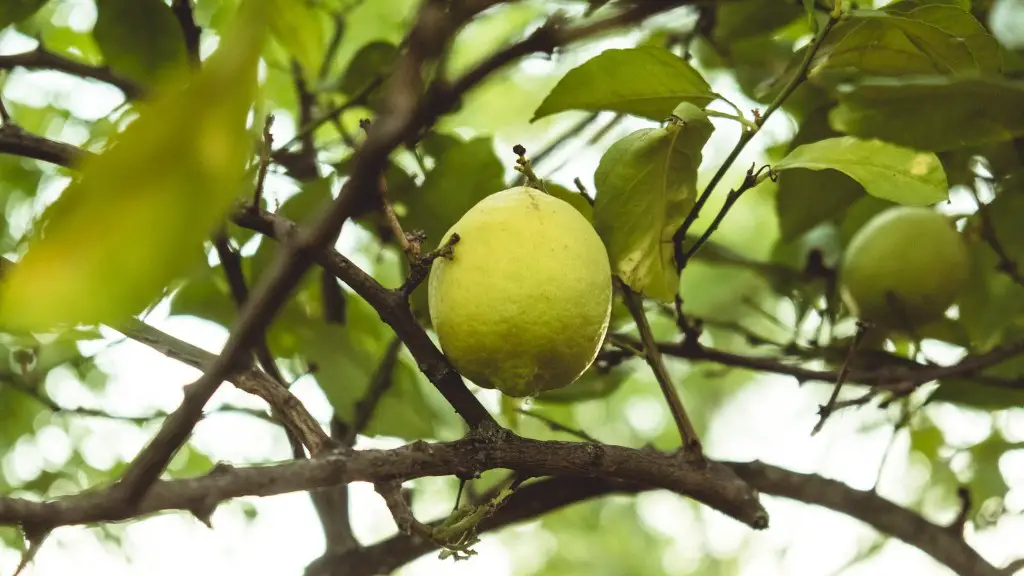Did you know that palm trees can be extremely resilient to cold weather and thrive in colder climates? With a little knowledge and preparation, you can successfully help your palm tree to survive winter and prosper in the coming spring.
When the days start getting shorter and temperatures begin to drop, many deciduous plants and trees start to become dormant for the cold months. Palm trees tend to be different, however. Although some of them are evergreen, other palm species can display signs of damage or dying when temperatures drop below 5 degrees Celsius. This means that, during winter, you will need to make sure you properly care for your palm trees.
Fortunately, you don’t need to be an expert in horticulture to help your palm trees survive the winter. Here are seven easy-to-follow tips to ensure the safety of your precious palms.
1. Choose the right species
When choosing a palm tree for your garden, it is important to choose one that can withstand the local winter temperatures. Different species have different cold tolerances – some can survive temperatures as low as -5°C, while others start showing signs of damage with temperatures just below 0°C. Do your research and choose a species that is adapted to your climate.
Also, it is worth mentioning that not all palm species are cold-hardy. If your local climate is particularly cold or you live in an area prone to frosts, you should stay away from tropical species that can be very sensitive to sudden changes in temperature.
2. Plant it in the right place
Location is also very important when it comes to caring for your palm tree in the winter. It is best to plant them in a place where they can get plenty of sunlight during the day. This will help them photosynthesize and to prevent rapid changes in temperature, which can be very damaging.
If your garden is exposed to strong winds, you should also take steps to protect your palm tree. High winds can cause the leaves to dry and the fronds to break, so try to plant it in an area with some natural wind-block.
3. Water it regularly
During the winter, your palm tree will need plenty of water to survive. As such, you will need to make sure it gets enough moisture, even during the colder months. During heavy rainfall, it is important to check for drainage problems and make sure the soil is not waterlogged. On the other hand, during dry spells, you will need to make sure your palm tree is getting enough water from other sources.
It is best to use a slow-release watering system, like a drip irrigation, to ensure your palm is getting the right amount of water, even during times of low rainfall.
4. Keep it warm
On chilly days, you should take steps to keep your palm warm. A layer of weather-proof mulch base will help to insulate the soil and prevent frost damage to the roots. You can also create a protective ‘tent’ around the palm using burlap fabric and stakes to contain the warmth from the sun. During particularly cold days, you can also wrap the trunk and leaves in cloth to protect them from the frost and the wind.
5. Trim away dead fronds
During the winter, some of the fronds of your palm might die off due to the cold. It is important to carefully trim them back, as they can be hazardous and create a fire risk when they fall on power lines. You should also regularly check your palm for any signs of disease or pest attack, and take appropriate steps to deal with them.
6. Feed it
Your palm tree should also be fed throughout the winter. During the colder months, you should use a slow-release organic fertilizer that is specifically made for palm trees. This will provide it with the necessary nutrients and help it survive the winter in prime condition.
7. Monitor the weather
Finally, you should keep an eye on the weather. If there is a forecast of extreme cold, you should take extra precautions to protect your palm tree. You should also be prepared for any sudden drops in temperature or storms that can cause damage. With a bit of vigilance and preparation, you can help your palm survive the winter unscathed.
Care During Winter Drought Periods
When the winter climate is dry and lacking moisture, it can make a palm’s condition even worse. An arid winter climate can cause dehydration in palms, adversely affecting their health and appearance. To avoid this, supplementally water your palm tree every two weeks throughout the winter season.
In addition to watering, you can also mulch around the base of your palm tree. Mulching helps retain moisture in the soil, minimizing the risk of dehydration and keeping your beloved palm tree healthy and strong, even in dry winter conditions.
Winter Pruning of Your Palm Tree
Winter is the optimal time to trim your palm tree if your species requires pruning. During the coldest months, new growth will be slower than during warm periods and the chances of disease caused by pruning your palm tree will also be limited. Pruning can help improve the overall condition and health of your palm tree, so make sure to trim away any dead leaves, as well as any palm fruits that have remained after the fall season.
Make sure that the tools you are using are sharp and clean, and always work from the top down. Pay close attention when pruning the top area, as this can affect the tree’s growth. You should also take protective measures and avoid pruning during cold weather and winds to avoid damage to both the tree and yourself.
Preventing Pests and Diseases During The Winter
The cold weather can make your palm tree vulnerable to pests and diseases. To prevent an infestation, it is important to regularly monitor your palm tree throughout the winter. Check for signs of damage or decline, and take appropriate steps to deal with any pest or disease issues.
It is also important to keep the area around your palm clean and free of fallen leaves, as this reduces the risk of attracting pests. Regularly inspect any hardware or tools you use to care for your palm, and make sure they are clean and free of debris.
Using Fungicides During Winter
In some cases, you may need to use fungicides during the winter months to protect your palm tree from diseases. If the conditions are very wet or there is snow, a fungicide should be applied to help protect the palms. If a disease is already present, you should also look into using a systemic fungicide that can prevent further damage.
When using any type of fungicide, make sure to refer to the manufacturer’s safety instructions and warnings. This will help you to safely use the products and avoid any potential risks.
Stay Prepared During Cold Spells
In the event of an unexpected cold spell during the winter, it is important to be prepared. Knowing the local frosts and temperatures is essential for proper preparation for these unpredictable weather patterns. You also need to be aware of any potential hazards your palm tree may face in the event of an unseasonably cold weather.
It is also important to know the different cold hardiness levels of the various palm species. Knowing which species can handle colder climates can help you to better prepare your palm tree for any sudden temperature changes. Knowing the right steps to take in the event of a cold spell can help ensure the health and safety of your palm tree.
Correct Winter Time Protection
When it comes to palm tree care in wintertime, protection is the key. With the right preparations, your palm tree can survive even the coldest weather conditions with minimal damage. Wrapping the trunk, pruning dying fronds, mulching the soil and providing adequate water can help your palm tree to rest and recover from the winter season.
It is also important to choose the right palm species for the climate and to pay attention to environmental factors such as sunlight, wind and temperature. With the right care, you can keep your palm tree healthy and thriving even when the temperatures drop.





